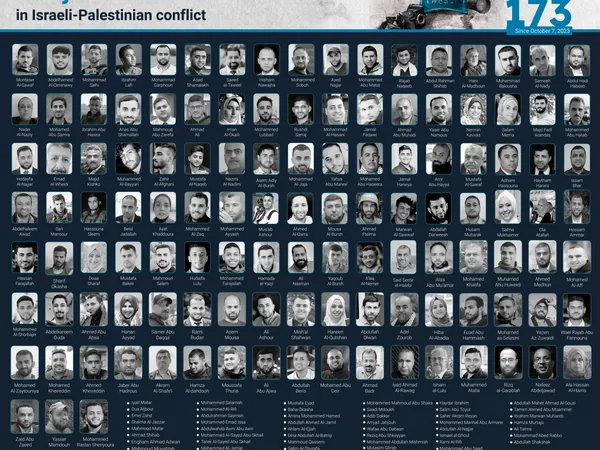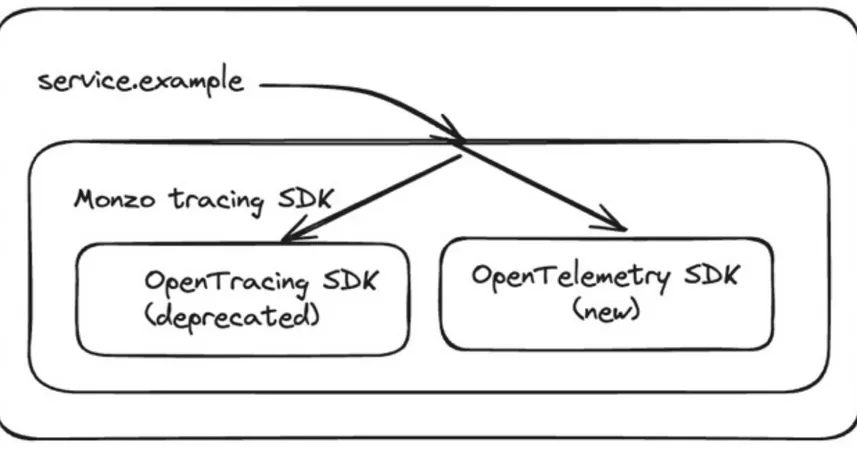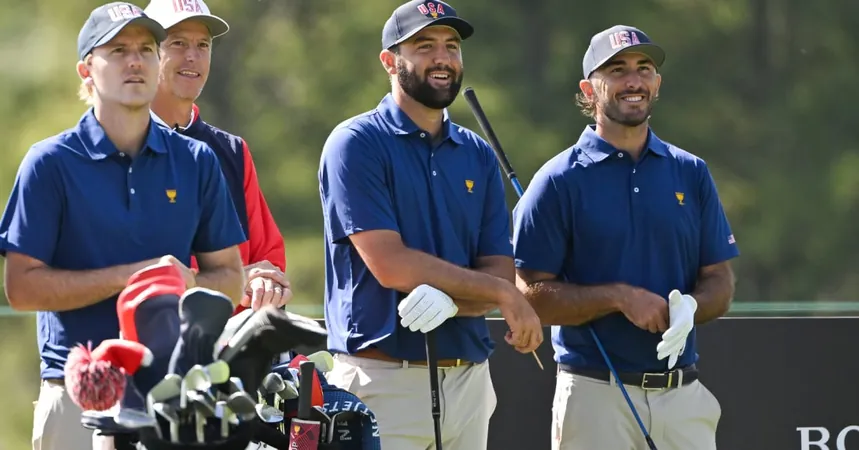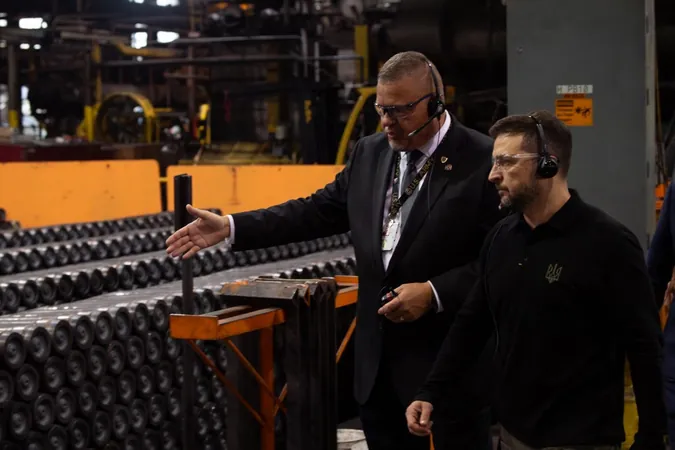
Experts Accuse Israel of Targeting Journalists in Gaza Amidst Ongoing Conflict
2024-09-23
Targeting Journalists in Gaza
In a shocking revelation, it has been reported that Israel is deliberately targeting journalists amid its military campaign in Gaza. This follows a tragic incident on December 15, when Al Jazeera journalists Samer Abudaqa and Wael Dahdouh were documenting the situation at the Farhana school in Khan Younis, when an Israeli airstrike struck the area.
Dahdouh, who suffered shrapnel wounds, was able to reach a hospital for treatment. Unfortunately, Abudaqa was trapped and unable to move, lying injured for hours while rescue teams were unable to reach him due to continued bombardment. Despite international pleas for medical assistance, including a direct call to the Israeli authorities by Jonathan Dagher, head of the Reporters Without Borders (RSF) Middle East Desk, Abudaqa succumbed to his injuries.
The Grim Statistics
The reported death of Abudaqa is part of a grim statistic; RSF has documented the deaths of at least 130 journalists and media workers in Gaza since the escalation of conflict began on October 7, 2023. However, the Government Media Office in Gaza suggests this number could be as high as 173. This staggering loss has rendered the act of journalism in Gaza one of the deadliest professions worldwide, with the International Federation of Journalists highlighting a mortality rate exceeding 10 percent for media workers in the region.
Alarmingly, three-quarters of all journalists killed worldwide in 2023 met their end in this brutal conflict. The Committee to Protect Journalists has recently labeled Gaza as the “most dangerous war zone” for reporters globally. Experts warn that the ongoing violence is strategically aimed at silencing independent reporting, thereby allowing the Israeli military to monopolize information.
The Disturbing Patterns
While some journalists have managed to escape the war zone, the majority remain trapped, facing relentless attacks. Dagher notes a disturbing pattern, highlighting that in just ten months, the death toll of journalists has far exceeded typical losses in conflict zones.
Among those lost were 31 journalists whom RSF has confirmed were specifically targeted due to their profession. Researchers and media rights advocates increasingly believe that Israeli forces are intentionally attacking media personnel and demolishing their infrastructure to eliminate any form of accountability regarding the conflict.
Claims of Militancy
The situation extends beyond fatal attacks. The Israeli military has frequently claimed that slain journalists were engaged in militant activities, assertions that often lack substantiation. This pattern has led to an atmosphere of fear among reporters, who risk becoming targets merely for documenting events.
For instance, the Israeli military faced criticism following claims that it had killed Al Jazeera reporter Ismail al-Ghoul while labeling him a “terrorist,” despite investigations revealing discrepancies in the military’s narrative surrounding his death. Mohammed Othman, a correspondent for the Skeyes Center for Media and Cultural Freedom, pointed out irrefutable proof contradicting these claims, indicating a concerted effort to discredit journalists.
Dismantling Media Infrastructure
As if to compound the situation, crucial media infrastructure has been systematically dismantled. Early in the conflict, Israeli airstrikes reduced numerous high-rise buildings—housing many media outlets—to rubble. This attack has severely crippled the operational capabilities of local journalists, leading to the cessation of various news stations and further curbing independent reporting.
A Media Blackout
With international journalists barred from entry to Gaza since October 7, 2023, it has become increasingly difficult for Palestinian journalists to convey the horrors of war as they bravely document the relentless violence, often at a great personal cost.
Experts underscore that these actions by the Israeli military are part of a broader strategy aiming to control the narrative and impose a media blackout. The goal appears to be twofold: silencing dissenting voices and ensuring that the military’s version of events prevails in the global discourse.
Conclusion
In sum, this tragedy reflects a dire situation for journalists in Gaza and emphasizes the urgent need for international accountability in conflicts that threaten freedom of the press. As the violence continues, the fight for truth and an independent narrative becomes ever more critical.









 Brasil (PT)
Brasil (PT)
 Canada (EN)
Canada (EN)
 Chile (ES)
Chile (ES)
 España (ES)
España (ES)
 France (FR)
France (FR)
 Hong Kong (EN)
Hong Kong (EN)
 Italia (IT)
Italia (IT)
 日本 (JA)
日本 (JA)
 Magyarország (HU)
Magyarország (HU)
 Norge (NO)
Norge (NO)
 Polska (PL)
Polska (PL)
 Schweiz (DE)
Schweiz (DE)
 Singapore (EN)
Singapore (EN)
 Sverige (SV)
Sverige (SV)
 Suomi (FI)
Suomi (FI)
 Türkiye (TR)
Türkiye (TR)